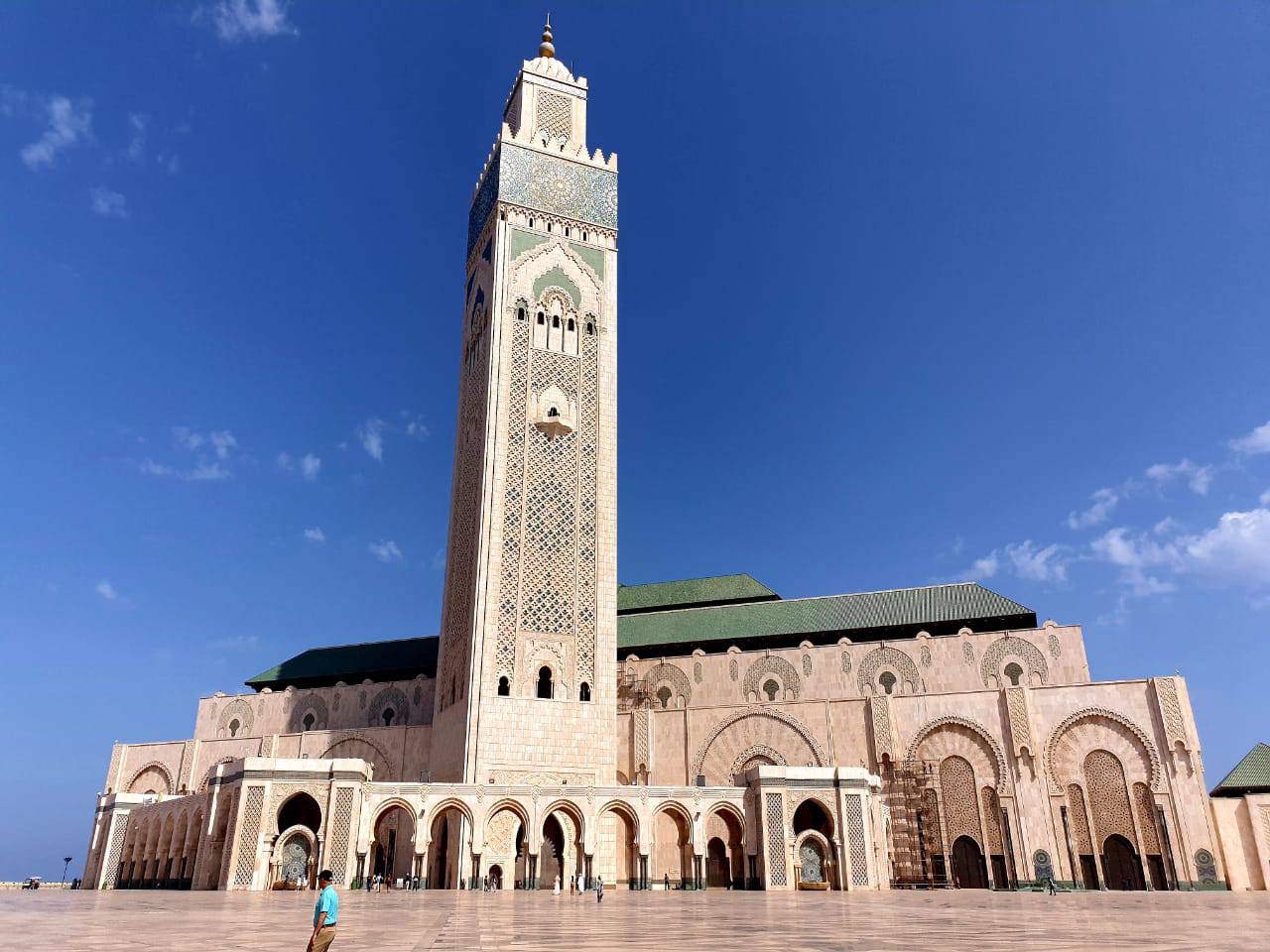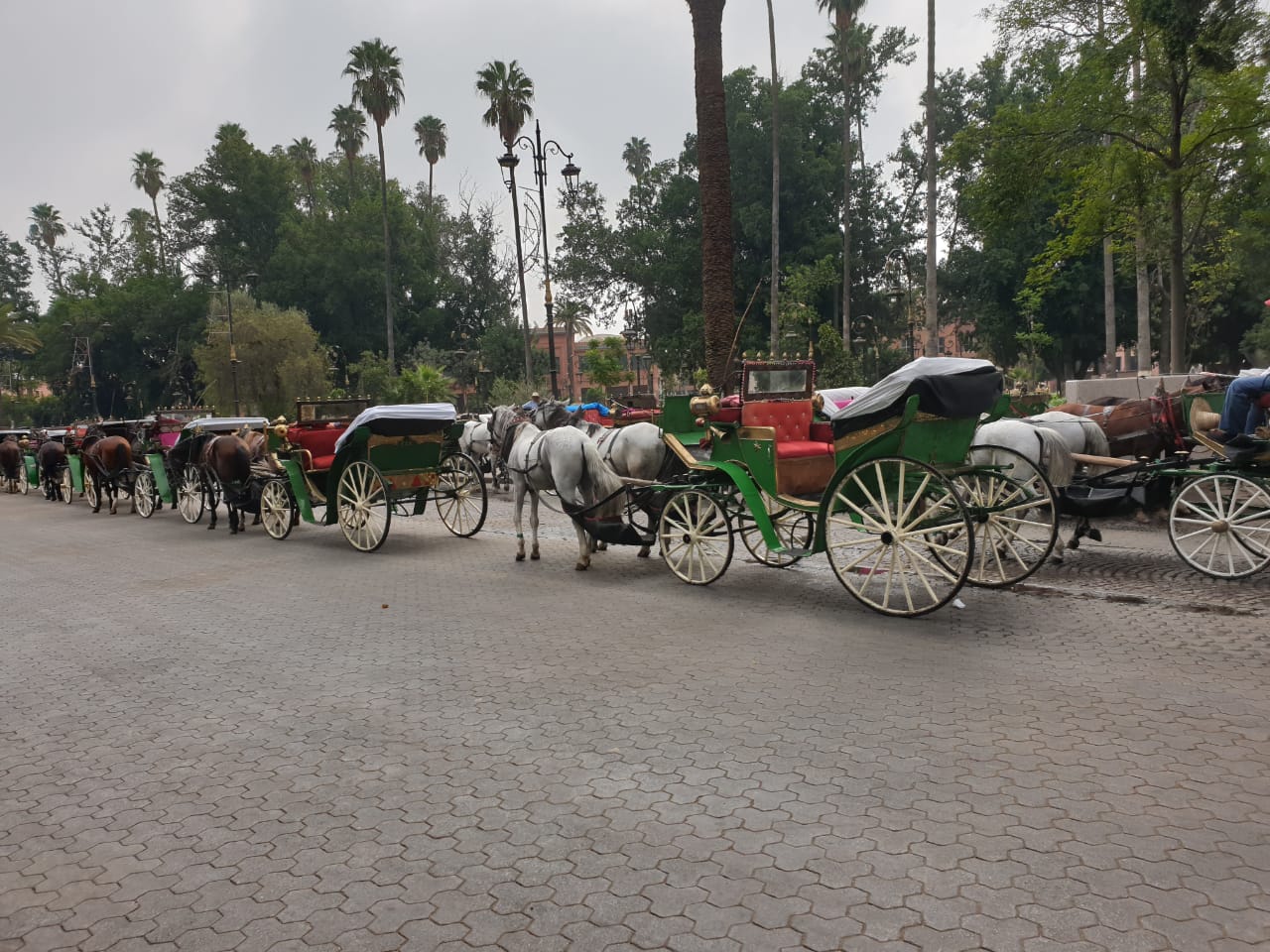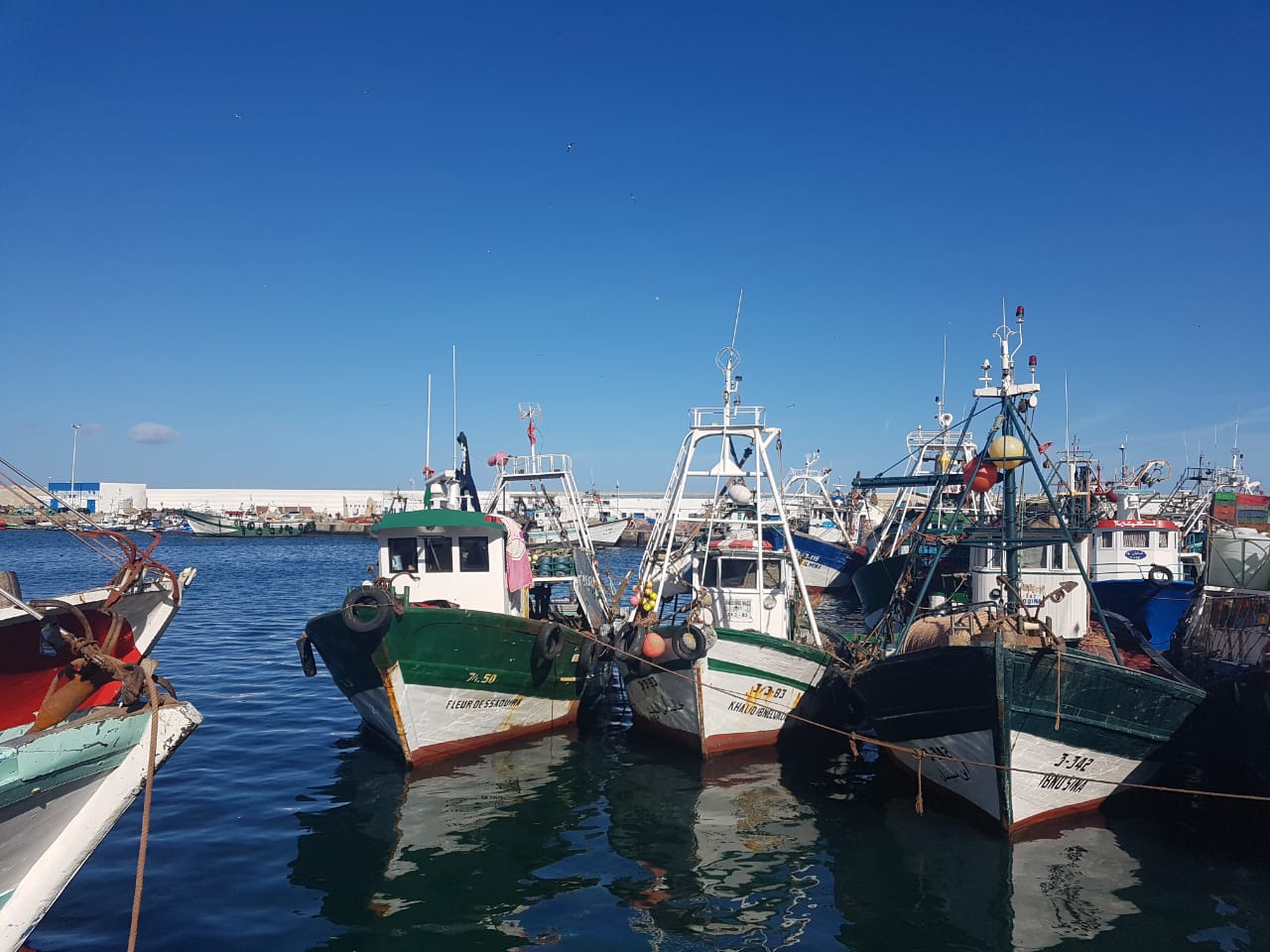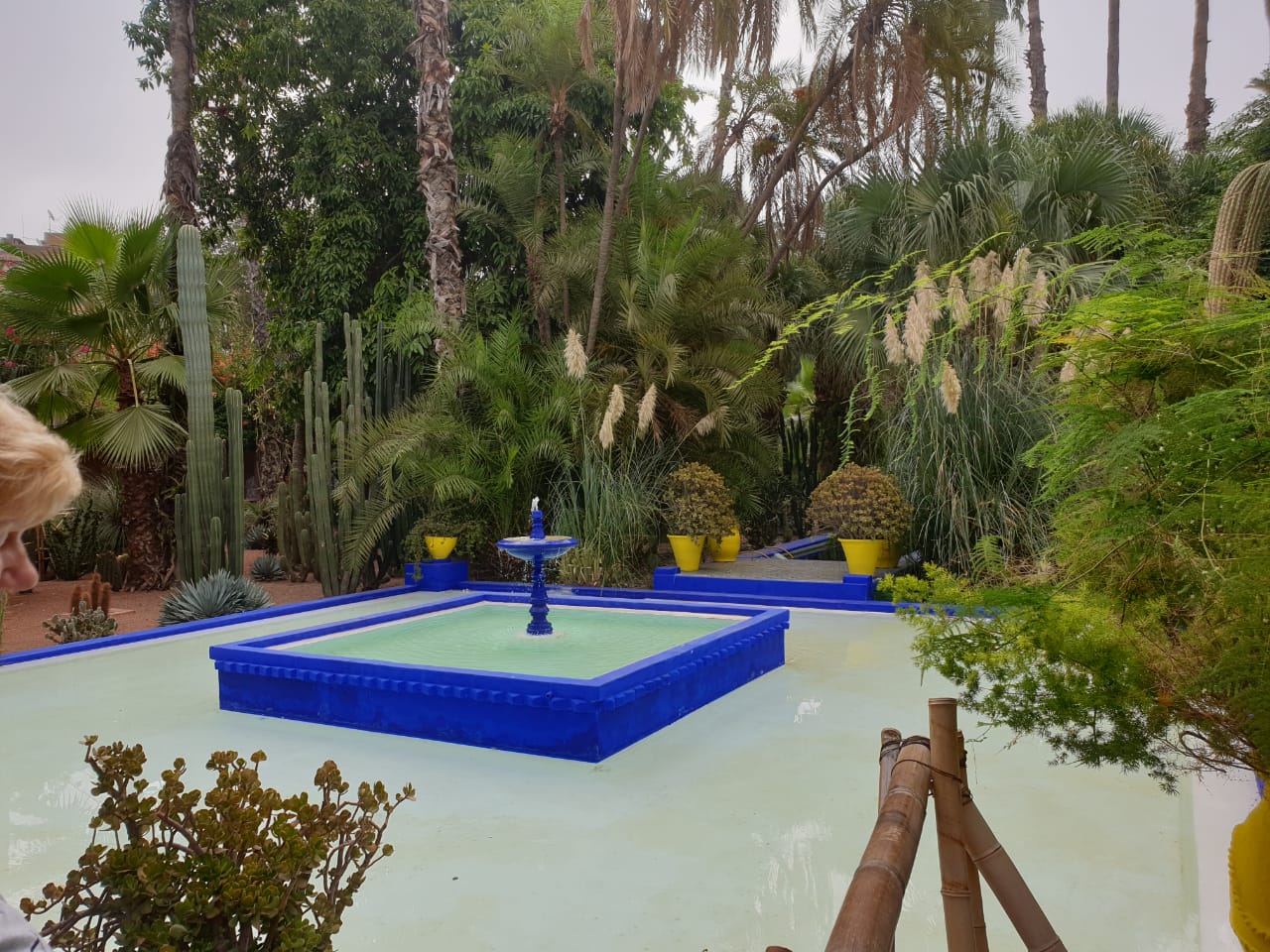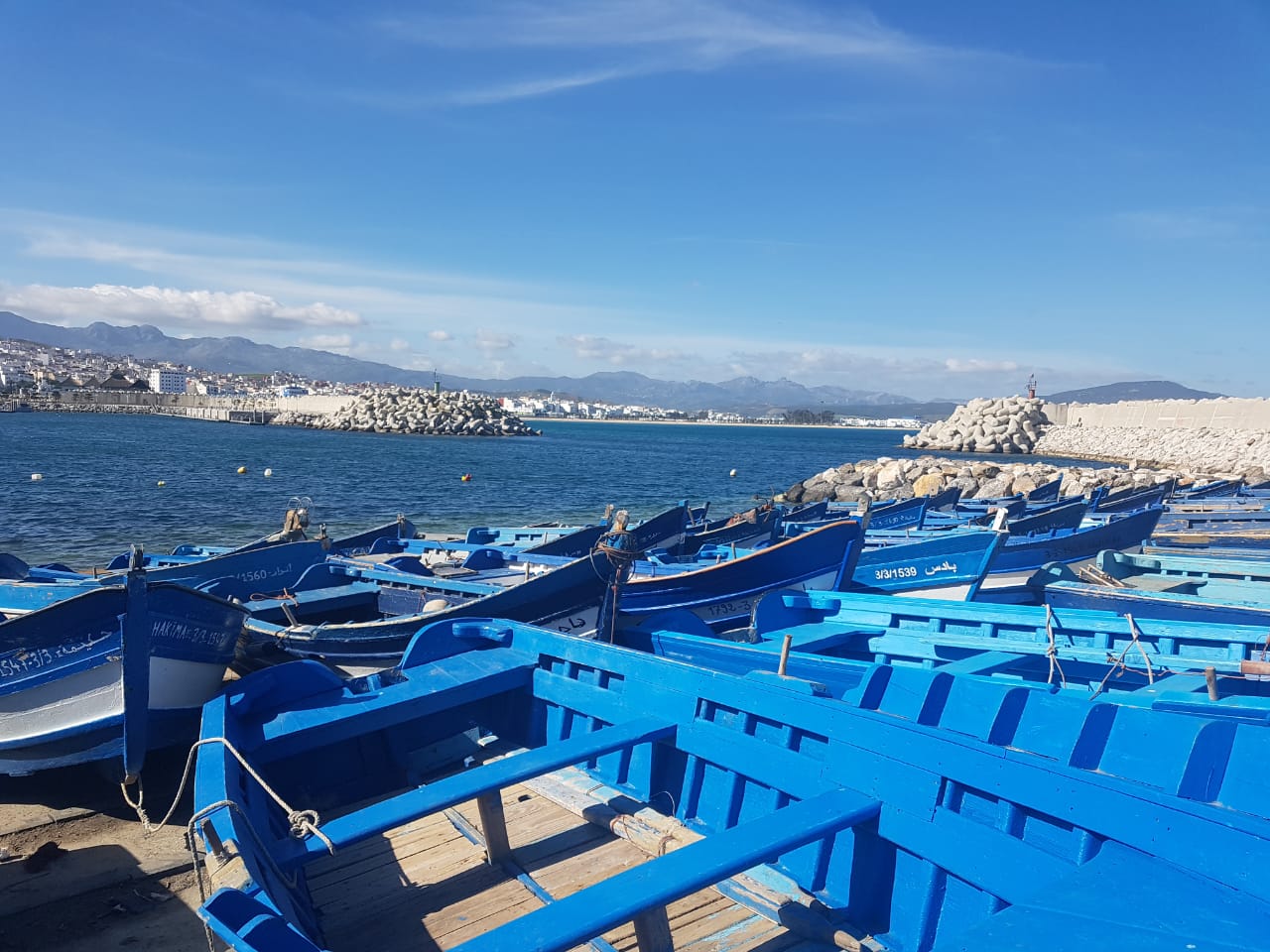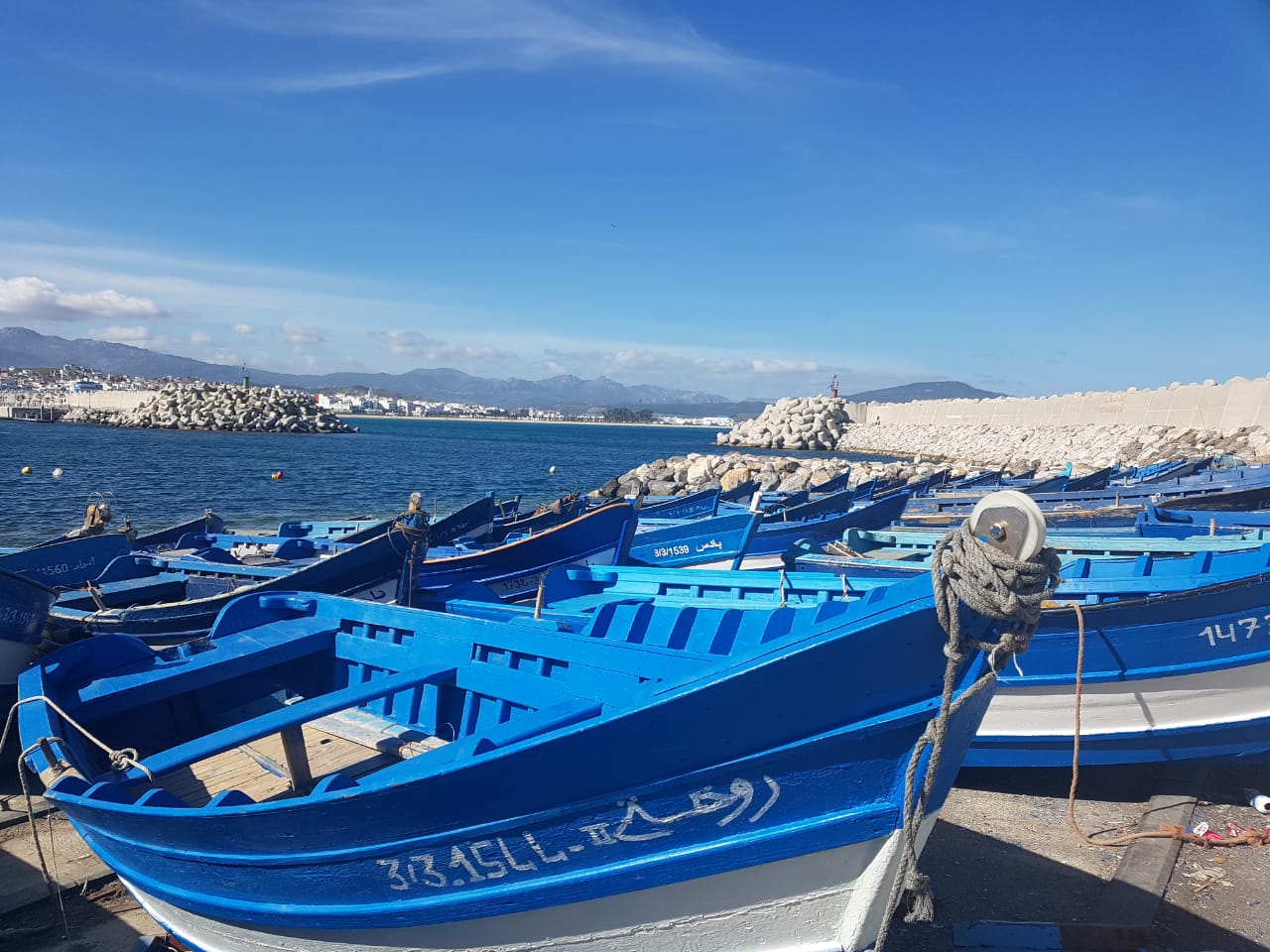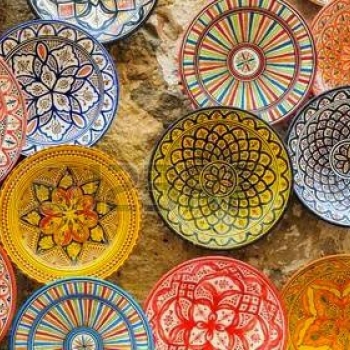Essaouira tour
Hosting you is a delight
GLOBAL MOROCCO EXPLORATION SHORT TOURS_ ESSAOUIRA
Essaouira the town where the trade winds play
Essaouira is a port city and resort on Morocco’s Atlantic coast. The navy blue of its sky, its rosy ochre ramparts, and white and blue painted houses make up of it a perfect piece of art. Its medina is protected by 18th-century seafront ramparts called the Skala de la Kasbah. Behind its walls, protected from the wind, a timeless world persists. Old brass guns line the walls overlooking the Atlantic and watch over the old town.
The aromatic scent of Thuya wood lead you to it craftsmen in their little workshops to learn about the woodcarving art. Set around a table and watch the intricacy of their art, enjoy a glass of mint tea and discover a new realm of conviviality.
Well-known for its culture and its festival (The Gnaoua World Music Festival) the town where the trade winds play is also a heaven for surfers from all corners of the world. And a much beloved bathing resort that attracts thousands of holidaymakers every year. More than just a town, Essaouira is a muse, a source of undying inspiration.
Essaouira was known as Mogador. In the 18th century many visitors came to Mogador by ship and entered the medina by the great gateway Bab El Mersa of Scala the Port, which was ordered to be built in 1766 by Sultan Sidi Mohammed Ben Abdellah the founder of the modern city of Essaouira. But the Mogador Bay and its islands have been occupied since prehistoric times.
The archipelago was discovered by the Phoenicians in the 7th century BC. It was used as a port for the Carthaginian sailor Hanno in 500 BC and served for many centuries as a base route from Cap- Vert to the Equator.
The Islands of Mogador (Iles Purpuraires) was dominated by the Romans in 146 BC. The King of Maurtania, Juba II sent a contingent to "the Purple Island" to re-establish the ancient Phoenician dye manufacturing process. Towards the end of the 1st century BC, under Juba II, the great builder of Volubilis, it became a center for production of salted fish and purple dye – for which latter the “Purple Islands” were famed up until the fall of the Roman Empire.
The Portuguese established a major trading post there in the Middle Ages, baptizing the town Mogador. In 1541, it came under Saadian rule before falling into the hands of the Alaouites. The city was renamed Essaouira, and a new town was built there in 1765 by Sultan Mohamed Ibn Abdallah. This was the beginning of a long period of prosperity, and the city remained a major center for foreign trade until the early 20th century.
Today Essaouira is a haven of peace that inspires artists from all over the world. Listed as a UNESCO World Heritage site, its medina remains untouched by the passing centuries, seemingly impervious to the ravages of time. Behind its walls hides a luminous city of winding alleyways, picturesque little squares and whitewashed houses. Used by Orson Welles as the location for his film of “Othello”, it has inspired and enthralled a host of later filmmakers. Ridley Scott, for one, recreated Jerusalem here for his film “Kingdom of Heaven”. In the 1960s and 70s it became a playground for Jimi Hendrix and numbers of his fellow musicians, and continues to
- DAY 1 MARRAKESH/CASABLANCA-ESSAOUIRA
-
Pick up at Marrakesh or Casablanca and drive to Essaouira along the Atlantic coast. The drive is around 3hrs. Upon arrival check in your boutique hotel. After some refreshment start exploring in the footsteps of artists past and present of the magnificent Essaouira. Meander through the medina and contemplate the ornamental and architectural richness of its buildings. The splendid houses blending Moroccan and European style that were once inhabited by consults to the city. On your way you will definitely come across an artist capturing the beauty of his surroundings on canvas. Essaouira’s fame as an artist’s wonderland is preserved by a wealth of studios and art galleries you stumble across in each corner.
Essaouira is protected by remarkable fortified bastions. The Sqala was built to protect the port as a Essaouira was a much-coveted prize. The Sqala is lined up with cannons overlooking the Atlantic. Walk along the ramparts and enjoy gorgeous views over the Mogador island and the fishing port
Walk through the Sea Gate that connect the old town with the port. This monumental edifice, adorned with twin columns and triangular pediment is of an imposing grandeur. It was built is 1769 to protect the city from attacks by sea. Its terrace offers impressive views of the medina and the Sqala.
Enjoy local gastronomy at the fishing port. Settle yourself down on a sofa or perch yourself on a pouf and share a delicious tajine or couscous. The Souiri cuisine is best known for is its fresh fish. Essaouira is a city of fishermen and makes the utmost of what the ocean provides.
Later, visit the Argan oil cooperatives. Argan oil is well-known for its many healing properties for the skin as well as whole body. It is also much used in local cuisine to set off the subtle flavors of the dishes.
Treat yourself to dinner in a former Kaidal residence or restored Riad – a feast of exquisite flavors and delicate fragrances awaits you. B&B accommodation is a boutique Riad in the Medina to experience life as lived by the Souiris. Many of these traditional houses in the heart of the medina have been renovated to provide guests passing through with every modern comfort.
- DAY 2 ESSAOUIRA
-
Rise and enjoy your breakfast at your Riad and go out to further explore the beautiful Essaouira. Wander around its souks alive with activity and color. From foodstuffs to craftwork, each of the medina’s souks is a magical experience that carries you off into new worlds.
Visit Moulay Hassan Square which is the liveliest place of Essaouira located in the medina, not far from the city walls and port, an ideal location for enjoying a glass of mint tea. Sit back on one of its café terraces and watch the casual comings and goings of the passers-by.
Visit the Sidi Mohammed Ben Abdallah Museum a residence built in the 19th century. It presents Essaouira’s cultural heritage. You can find information on the history of Essaouira and its region dating back to the prehistoric era. You can also find a variety of collection of the town’s craft heritage
Visit Essaouira Thuya wood workshops, rare commodity found only in Essaouira. Wander along the ramparts and visit painter’s galleries where watercolors gleam from canvases.
Visit silver jewellery shops, a craft that owes its existence and fame to the Jewish silversmiths of the 18th century.
In the afternoon go for an excursion to explore the hinterland of Essaouira with its wide variety of landscapes, great biodiversity, and rich cultural heritage. Explore the world’s largest area of Argan forest that lies between Essaouira, Agadir and Taroudant – a national treasure where to see goats hanging calmly on the top of Argan trees. Here you can enjoy unspoilt natural surroundings, where Argan, almond, and olive trees grow wild side by side. And while you’re in the area, you can visit the Argan oil cooperative and admire the know-how of the women as they work at extracting Argan oil and appreciate the traditional hospitality of Berber culture.
B&B accommodation in a boutique Riad in Essaouira medina
- DAY 3 ESSAOUIRA-SAFI-ESSAOUIRA
-
Have your breakfast and get ready to explore Safi. The town has a rich historical heritage, and many extraordinary splendid monuments hidden away behind the wall that still encloses its medina. A city of major importance under the Almohad and Almoravid dynasties, Safi acted as Marrakech’s principal port when the latter was Morocco’s capital. Safi is very famous for its pottery.
Visit the Potter’s Hill area to see how important this activity is. You will be astonished about fascinating workshops where Safi’s craftsmen continue to make good use of the age-old know-how passed down over succeeding generations. Drive back to Essaouira, B&B accommodation in boutique Riad
- DAY 4 ESSAOUIRA-MARRAKESH/CASABLANCA
-
Rise and have your breakfast and transfer to Marrakesh or Casablanca

